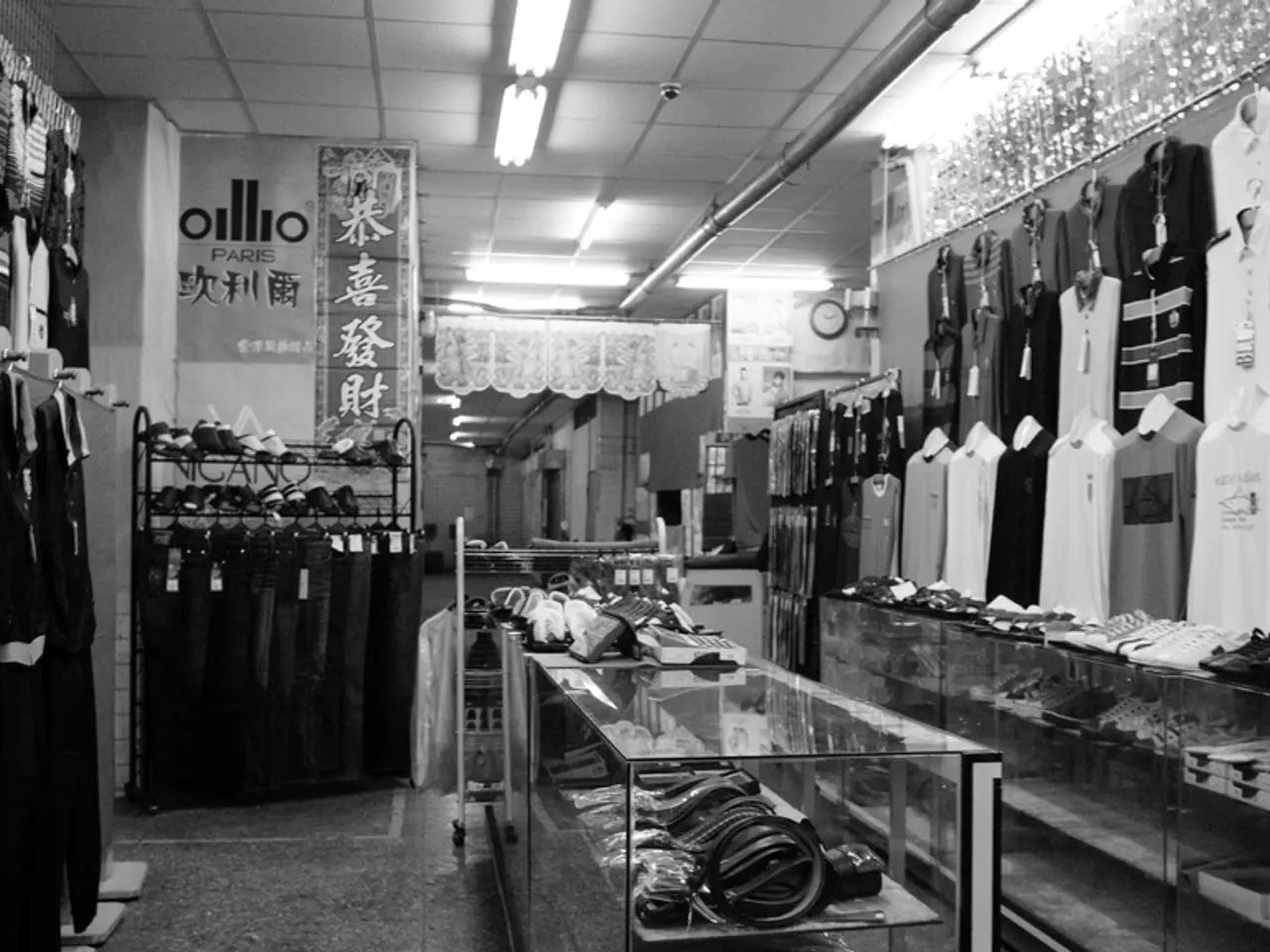Rising fast fashion emissions continue despite promises and commitments made
In the rapidly evolving world of fast fashion, the environmental impact of major players in the industry has become a pressing concern. A recent report by the Apparel Impact Institute (AII) has shed light on the growing emissions of Singapore-based fast-fashion giant, Shein Group, which saw a 18% increase in emissions in 2024.
The report also highlights the energy-intensive processes in Asian textile mills, which account for 65% of global apparel production. More than half of apparel emissions occur upstream, particularly in the fossil-fuel intensive processes of washing, dyeing, and finishing. This is evident in countries like China, India, and Bangladesh, where textile mills still rely heavily on coal-fired boilers, a significant source of emissions.
However, there is hope on the horizon. Organisations like the Fashion Climate Fund Initiative, a coalition including seven major sponsors such as H&M Group and Lululemon, are working to secure US$10 million from seven major funders by 2030 for affordable climate solutions for manufacturers. Banks like HSBC offer concessional loans for projects like installing energy-efficient water-heating equipment.
Energy-efficient investments in the fashion industry could potentially cut the sector's energy use by half. Measures such as replacing fossil fuel-fired boilers with renewable-powered electric boilers, setting up rooftop solar panels, and implementing energy-saving measures can significantly reduce carbon emissions and energy use.
In line with this, brands like H&M are taking steps towards a greener future. In Vietnam, H&M is testing direct corporate purchases of electricity from renewable power producers. In Bangladesh, the brand is backing exploration of new technologies like wind energy and solar panels mounted on floating structures.
Despite these efforts, the story of fast fashion's environmental impact is far from over. The world's demand for fast fashion has led to a 7.5% increase in greenhouse-gas emissions in 2023 compared to the year before. Moreover, since making their pledges for decarbonisation, 40% of brands have seen their emissions grow in absolute terms.
As we strive towards a sustainable future, it's crucial for brands to not only pledge but also actively work towards reducing their carbon footprint. The Sustainable Development Goals (SDGs) provide a roadmap for this journey, with goals related to energy, economic growth, infrastructure, cities, consumption, peace, and partnerships all playing a role in creating a more sustainable fashion industry.
This story was published with permission from Thomson Reuters Foundation, which covers humanitarian news, climate change, and more. The story's tags include coal, consumer products, emissions, energy intensity, factories, investment, jobs, regulation, renewable energy, solar, supply chain, textiles, and energy. It is relevant to topics like Carbon & Climate, Energy, Lifestyle, Manufacturing, Policy & Finance, and Waste.
In conclusion, the fashion industry has a long way to go in terms of sustainability. However, with initiatives like the Fashion Climate Fund and the efforts of brands like H&M, there is a glimmer of hope for a greener, more sustainable future in the world of fast fashion.








